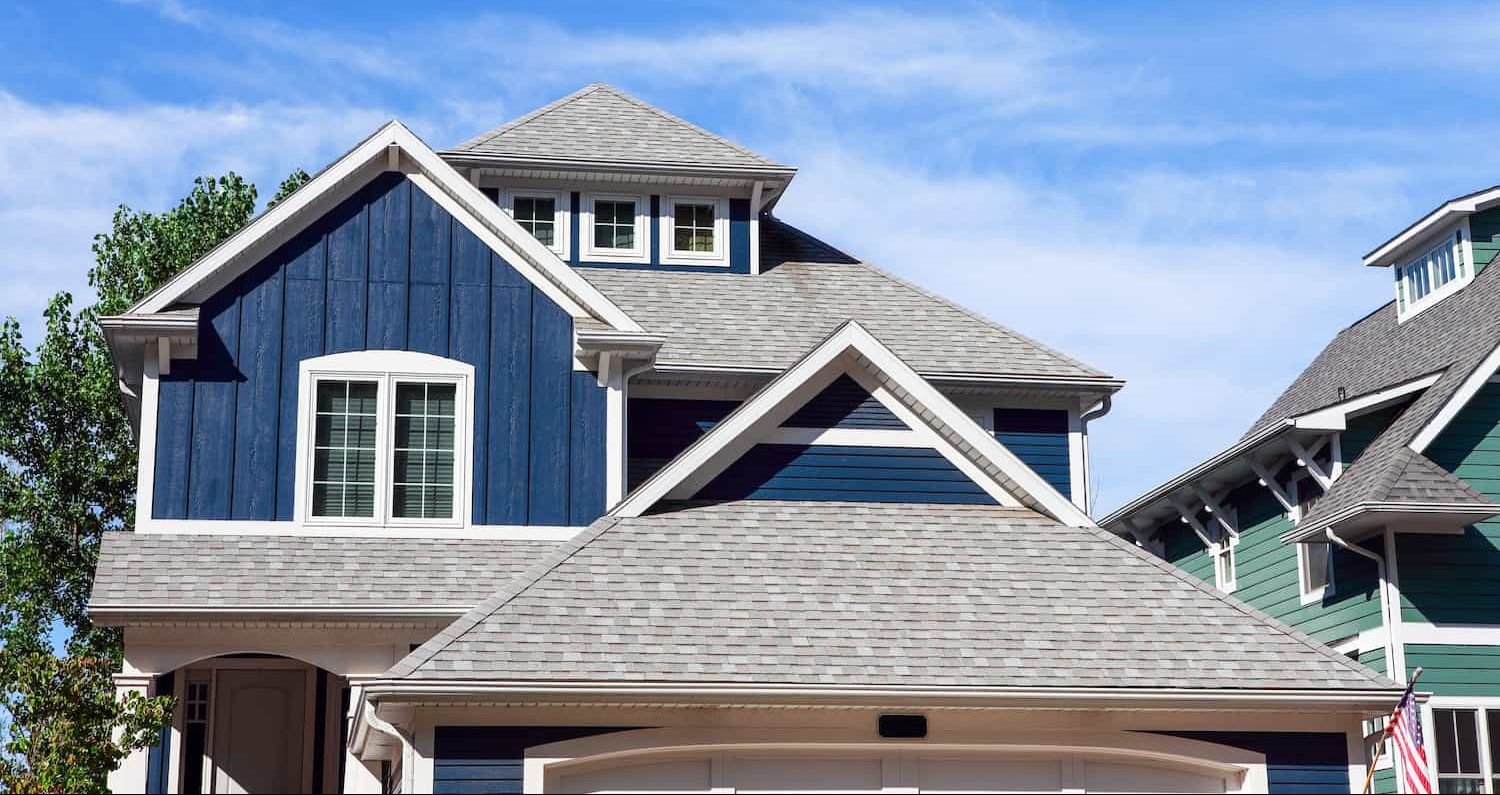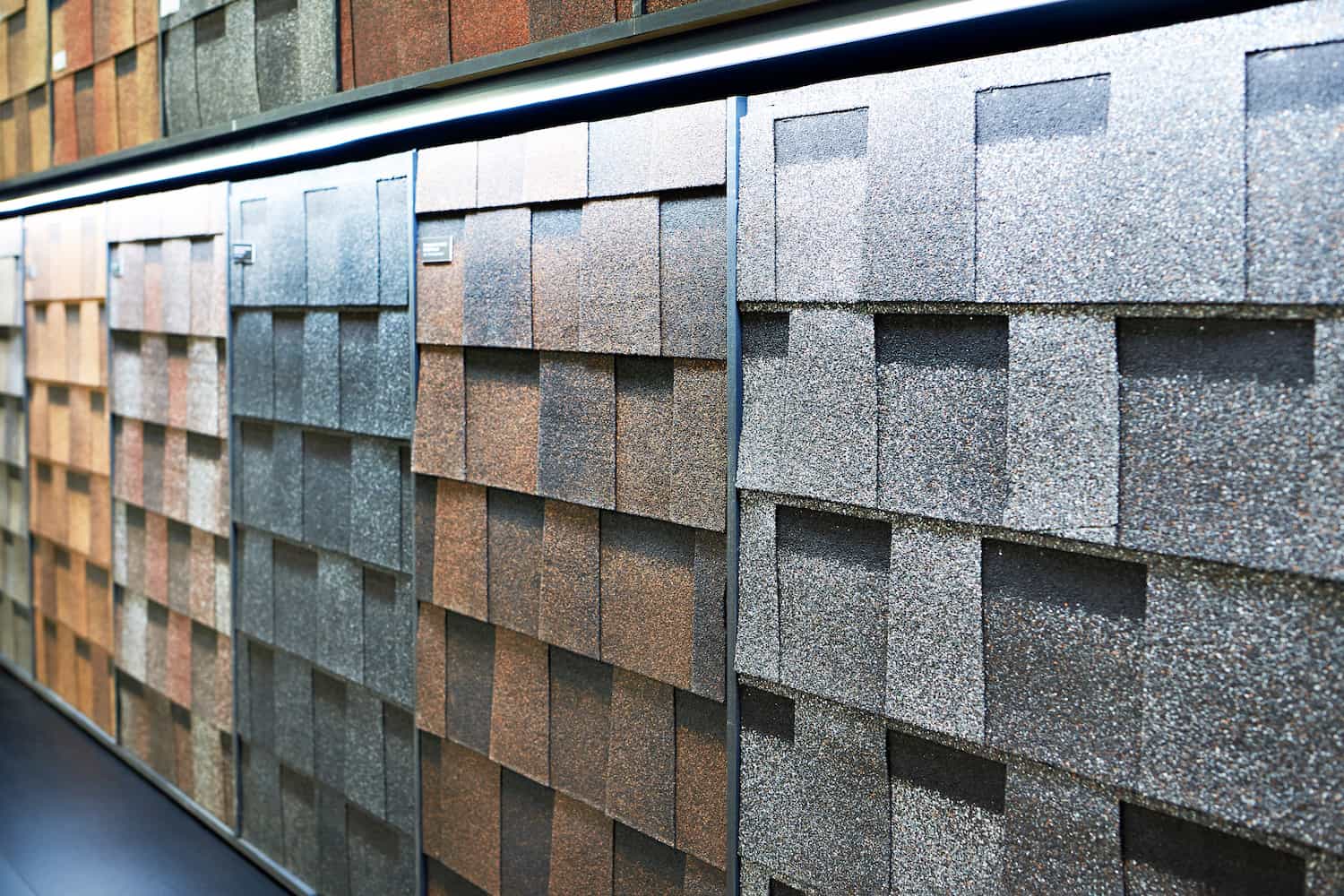Sticker shock is a real thing. It can feel scary, stressful, and downright overwhelming when you really need a certain home repair, but the upfront price is more than you can afford to pay.
You only need a roof replacement every 15-20 years if you have an asphalt shingle roof. But when it’s time for a new roof, it’s an urgent need that can’t be put off for too long. Thankfully, there are different roof financing options out there so that you can make monthly payments over time rather than paying cash upfront.
Take a look at these seven roof financing options, categorized by their risk level.
Least Risky Roof Financing Outlets
Ideally, financing your roof won’t cause you more financial burden down the line. Using one of these four financing options is ideal for the safety of your finances and other assets.
1) Contractor Financing
Many professional roofing companies will partner with certain financial lenders so that they can directly provide financing options to customers. Technically, these loans aren’t much different than a personal loan, but the convenience of working directly with the roofing company is a huge bonus for many people.
Usually, the process of getting approved for financing is very quick. All it takes is a simple credit application that you can do online. Be sure to pay close attention to the terms so that you know exactly what the interest rate will be, especially if there’s a new rate after an introductory period.
2) Personal Loan

Personal loans are considered “unsecured” because you don’t need any collateral to back up the loan. Collateral is an asset that you put up with a loan that the bank can seize if you fail to repay your loan. Common examples are:
- Your house
- Vehicle(s)
- Jewelry
- Fine art
Since you don’t have to put up collateral with a personal loan, interest rates are typically a bit higher. The higher your credit score, the lower your interest rate. Even though interest rates are slightly higher, not having to attach a valuable asset to the loan is a huge perk.
You can apply for a personal loan through local banks, credit unions, or online lenders.
3) File a Homeowners Insurance Claim
If your roof was damaged by a storm or another instance that wasn’t your fault, the damage may already be covered under your homeowner’s insurance policy! Most homeowners insurance policies cover roof damage caused by:
- Hail 🧊
- Wind 🌬️
- Fire 🔥
- Vandalism 🥷
- Falling debris 🌳
However, you won’t receive homeowners insurance coverage if your roof is over 20 years old or if the damage was caused by:
- Earthquakes or flooding (You need separate insurance policies for these)
- Homeowner neglect
- Faulty installation practices by the homeowner or contractor
If your roof sustained any amount of damage after a storm, you should consider filing an insurance claim. Work with a trusted roofing contractor to learn exactly what damage you have, how it was caused, and how much it will cost to fix.
If your claim is approved after an insurance adjuster inspects your roof, you will receive monetary coverage for the repairs or replacement. You’ll just have to pay your deductible if you haven’t already. (So, if the repairs would cost less than your deductible, it’s usually not worth it to file a claim.)
4) FHA Title 1 Loan
You’ll need to meet certain criteria to qualify for this loan:
- You must have occupied your home for at least 90 days
- You need a debt-to-income ratio of 45% or less
- If you borrow more than $7,500, you’ll need to offer your home as collateral
FHA loans are only available through approved lenders, so you’ll need to “shop around” to find a bank or credit union that is approved to lend FHA loans.
More Risky Financing Options
If none of the above financing options work for you due to a low credit score, you still have other options. They’re just riskier. Review the next three options below. Proceed with caution if the first four options don’t work and you choose to use one of these strategies.
5) Home Equity Loan
A home equity loan is more commonly known as a second mortgage. This loan uses the home equity (the portion of your home you own outright) you’ve built over the years as collateral.
Find your equity by subtracting the amount you still owe on your mortgage from your home’s current market value. For example, if you owe $250,000 on a home valued at $300,000, your equity is $50,000.
Interest rates are typically fixed, but the biggest risk comes from putting your house up as collateral. If you default on this loan, you will lose your home, so only pursue this option if you feel very confident in your ability to repay the loan.
6) Home Equity Line of Credit
A home equity line of credit (HELOC) also uses your home equity as collateral. The biggest difference is that this option doesn’t provide a lump sum loan upfront. Rather, it’s a revolving credit account that operates similarly to a credit card.
The draw period is typically 10 years long, and you can pay down your balance as quickly or slowly as you want as long as you make a minimum monthly payment. Interest rates often rise significantly after the first year.
7) Credit Card

Using a personal credit card to finance a roof replacement should be one of your last resorts. It may seem convenient to put the entire charge on a credit card, but interest rates usually sit close to 20%, which is incredibly high.
Making monthly payments on a significant credit card charge like a roof replacement will leave you paying an astronomical amount of interest.
Some new credit cards offer a promotional period of no interest between 12-18 months. If you feel confident that you could pay off the entire charge within that time, then credit cards are a viable option. Otherwise, they’re rarely worth the risk unless you’ve exhausted all other options.
Roofing Solutions That Work With Your Budget
Here at Gouge Quality Roofing, we firmly believe that no homeowner should risk the integrity of their home by putting off important roofing work when they really need it. If the upfront cost of a roof replacement concerns you, simply reach out to our friendly team!
We offer a range of different roofing materials that fit various budgets. Plus, we’ll help you with the insurance claim process or point you to a qualified lender. Simply reach out today to learn how we can help!






